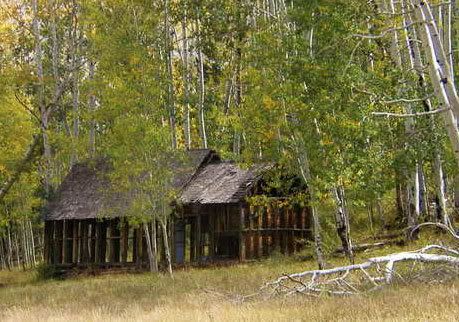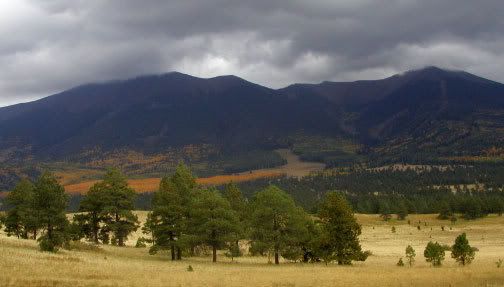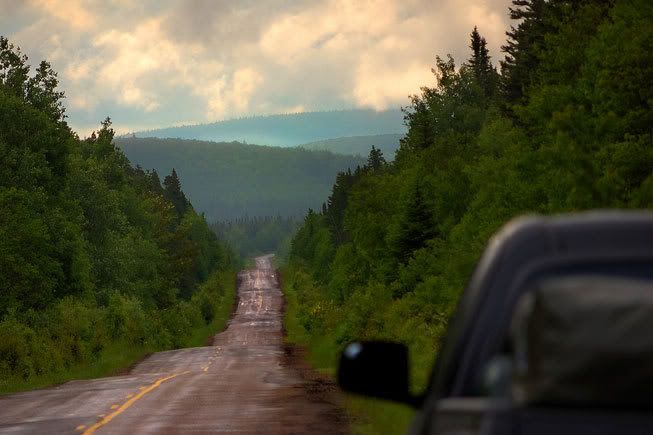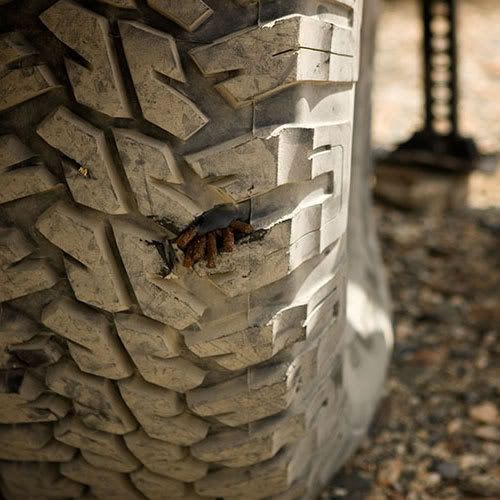Fergie
Expedition Leader
I am loving this thread.
Mainly due to the fact that I am severe case of red-green color blindness, so my take on things is slightly skewed compared to the rest of the world.
For instance, the bird photo; It doesnt blend at all! The bird is in stark contrast to the rest of the cacti.
Maybe that is why dad always took me elk hunting.
Here is one of my favorite photos that I took on the Sound:
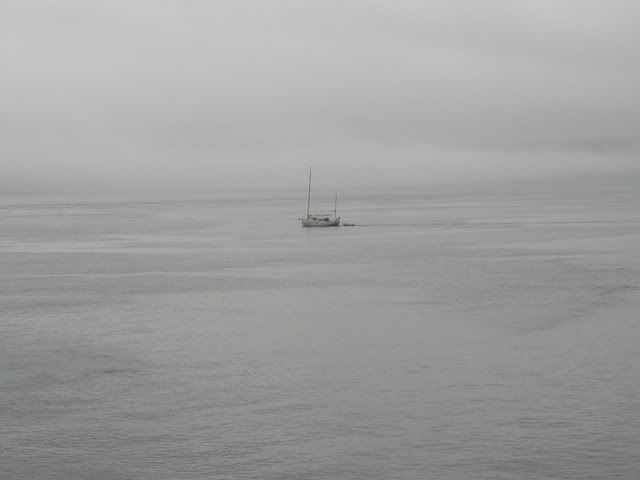
What can be done with something like this? It may not be a great starting point, but I'd like to know.
Here are two more that I always thought could have a bit more to them, but don't know where to start.

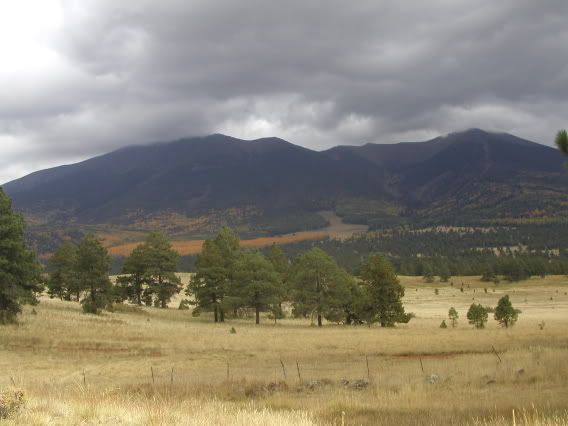
Mainly due to the fact that I am severe case of red-green color blindness, so my take on things is slightly skewed compared to the rest of the world.
For instance, the bird photo; It doesnt blend at all! The bird is in stark contrast to the rest of the cacti.
Maybe that is why dad always took me elk hunting.
Here is one of my favorite photos that I took on the Sound:

What can be done with something like this? It may not be a great starting point, but I'd like to know.
Here are two more that I always thought could have a bit more to them, but don't know where to start.



